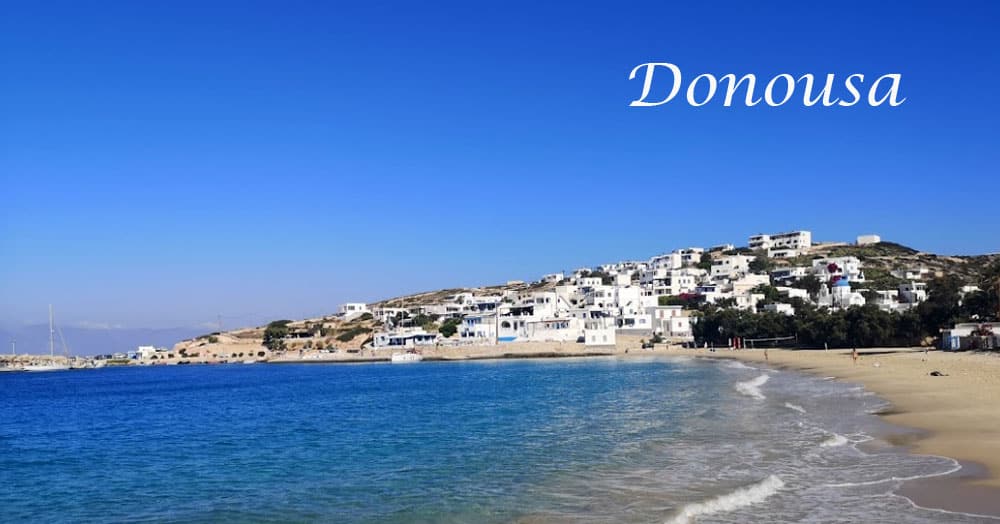History of Donousa
The archaeological findings show that Donousa was inhabited from the Proto-Cycladic period reaching its peak during the Geometric era, as shown by the ruins of a fortified settlement in the Vathi Limenari area.
In the Roman period, Donoussa was used as a place of exile, while afterwards, the island suffered pirate raids. Later, Donoussa came under the rule of the Venetians and the Turks.
Local oral tradition says that the inhabitants of the island had to pay a tax on Turkish rule, which was collected by a Turkish ship anchored in the bay of Kalotaritissa.
At the beginning of the 18th century, shepherds from the island of Amorgos settled in the area to cultivate the land. At that time the population of the island was around 3,000 inhabitants, who worked in aluminum and copper mines in Kedros until they stopped operating in 1938.
One of Donoussa’s most notable events was her prominent role in World War I, the Battle of Gallipoli, known as the Dardanelles Affair, where the German cruiser Goeben sailed into Donoussa harbor after being pursued by the British Royal Navy.
During World War II, the island came under Italian rule. In fact, there is a German wreck in the Cedar area that was sunk by the Allies at that time.
During the Second World War, Donoussa became famous from the wreck of the warship “Orion”, the wreckage of which is still present at the bottom of the beach of Kedros.
On September 23, 1944, the ship commandeered by the Germans “Orion”, sank in Kedros after successive air attacks by the Royal Air Force.
Since then the main occupation of the inhabitants was onion and tobacco cultivation until the 1950s, while the inhabitants suffered from migration, desertification and poverty in the 1960s. Shortly before electricity came to the island, the first travelers arrived.
